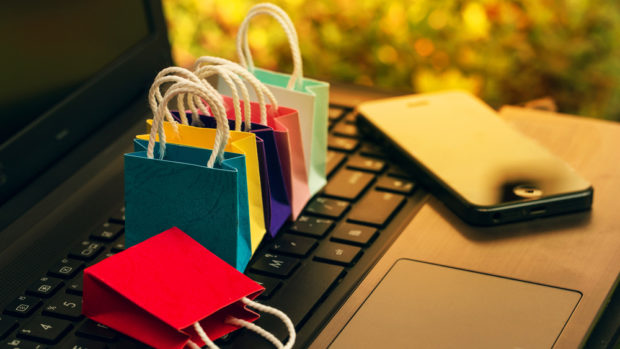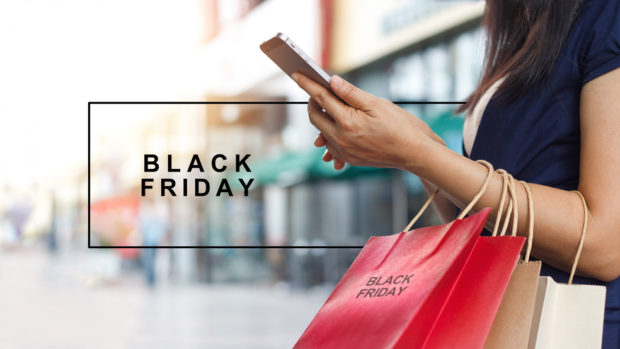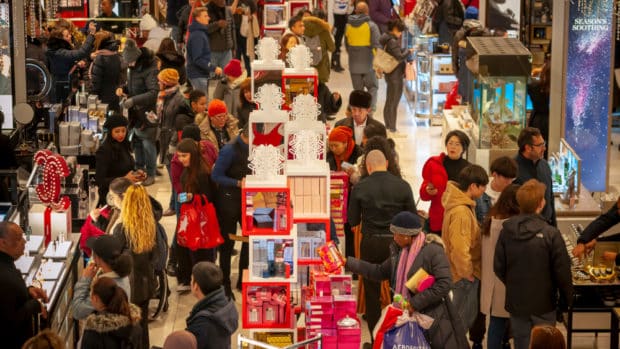
The retail sector’s laser focus on omnichannel and seamless experiences is evolving at lightning speed. And, we’ve witnessed a phased transformation: first, the focus was on retail-centric functionality to manage supply chain chaos and unpredictable consumer behaviour. Then came the rise of omnichannel, delivering personalised offers, content, and experiences tailored to the individual shopper. Now, as we charge through 2024, the game has shifted again. It’s all about flexibility, choice, and affordability. Enter BNPL (Buy Now, Pay Later) – the next big frontier in giving consumers what they want, when they want it.
Business is booming in the BNPL game, with the market quadrupling in size since 2020. Now expected to hit a record level of £30bn in 2024. It’s no surprise that Back-to-School season is the perfect time to leverage this, offering flexibility to families juggling multiple purchases. But here’s the thing: payment innovation is just the tip of the iceberg. What really sets retailers apart is their ability to offer a seamless, personalised shopping experience, whether their customers are browsing online, buying in-store, or doing a bit of both.
Omnichannel: the new battleground for loyalty
The first big retail moment since the summer splash – back to school – is behind us. Now, after a tough year, the focus shifts to what can reel customers in and help the sector make up ground in the all-important Golden Quarter.
Especially because customers are expecting a perfectly synced experience across every touchpoint. Whether it’s through social media, mobile apps, or physical stores, shoppers want their interactions with brands to feel cohesive, connected, and hassle-free. If you stumble—say with a slow website or clunky checkout process—they’ll quickly switch to a competitor who offers a more seamless journey. In fact, 73 per cent of customers are likely to switch brands after just one poor experience, so retailers need to know exactly what will make customers tick.
That’s why we’re seeing leading retailers investing heavily in omnichannel strategies to deliver a flawless experience at every stage of the customer journey. In the last few years, we’ve seen Tesco integrate playful AR features into its Tesco Discover shopping app, Ikea allow customers to create a complete 3D replica of their room, Marks & Spencer invest in its digital capabilities to better personalise product recommendations, and Boots partnered with Deliveroo to expand its same-day delivery service.
Personalisation is king
Personalisation is the secret sauce that keeps customers coming back. Today’s digital-savvy shoppers expect retailers to understand their preferences and deliver custom experiences. In fact, over half (55 per cent) of UK shoppers value relevant offers and discounts most when it comes to being offered a personalised experience. Now, hyper-personalisation—powered by data analytics and AI—is what turns hesitant clicks into confident purchases.
Going hand in hand with personalisation, is seamless, hassle-free payment options, like BNPL. Just like competitive pricing, product choice, or a slick user experience, offering flexible payment options can make or break a sale. Shoppers want payments to be pain-free, requiring as little effort as possible, which BNPL delivers. It can even encourage consumers to indulge in higher-priced items, knowing they can spread the cost over time. For example, Gucci experienced a 24 per cent increase in online sales in just one quarter after adding BNPL at checkout.
Picture this: A customer buys a backpack online, and based on that purchase, they get a personalised offer for a matching lunchbox or exclusive in-store deals. Or, they browse products online but choose to test them in-store before making the purchase. Retailers who can track these interactions and cater to individual preferences—whether through real-time inventory updates, personalised offers, or tailored recommendations—are the ones winning in today’s competitive landscape. With 73 per cent of shoppers now using multiple channels before making a purchase, retailers need to deliver consistent, personalised experiences across all of them to build lasting loyalty.
The ultimate user experience
Creating an excellent online shopping experience isn’t just about flashy designs—it’s about functionality, speed, and simplicity. UX/UI design plays a massive role in turning browsing into buying. We know from studies that 40 per cent of users will leave a page if it takes longer than 3 seconds to load. That’s a potential sale lost in the blink of an eye.
Retailers that focus on streamlined, user-friendly interfaces and fast loading times see the payoff in increased conversions and customer satisfaction. Clean, intuitive navigation, clear product categorisation, and thorough descriptions all contribute to a consumer-first platform that makes the shopping experience effortless. Tesco for example, saw online sales surge to 1.5 million orders per week during the pandemic and now maintains a steady 1.2 million, continuously improves its digital experience through logistics investment, smarter search functionality, and its Clubcard loyalty scheme.
And let’s not forget about the checkout process—any friction there, such as lengthy forms or mandatory account creation, is a surefire way to drive cart abandonment.
To meet these high expectations, top retailers are leveraging data and customer feedback to refine their UX/UI designs continuously. Whether it’s making search functionality smarter or ensuring mobile responsiveness, optimising the online experience is essential for capturing those quick, on-the-go shoppers.
New and improved payment tech
BNPL might be leading the charge, but digital wallets are becoming just as essential. More than half of UK adults are already using them, and by 2027, they’re expected to account for half of all eCommerce spending. But this isn’t just about convenience. Digital wallets offer retailers an opportunity to gather valuable data about customer preferences, allowing for even more targeted personalisation.
What’s more, these payment options are a breeze to integrate into existing systems through Application Programming Interfaces (APIs). This allows for a smoother checkout experience, reducing the friction that comes with third-party pop-ups or complicated payment methods. And let’s not forget about the importance of speed: instant payments are growing rapidly, with expectations that they’ll account for over 10 per cent of overall transactions by 2028. For retailers, that’s a big deal. It speeds up cash flow, allowing them to manage stock and operations more efficiently.
On the way to the Golden-Quarter
As we look ahead, one thing is certain: the retailers who embrace omnichannel strategies, hyper-personalisation, and seamless payment options will be the ones leading the way. Modern consumers want choices, flexibility, and a frictionless shopping experience—and they won’t settle for anything less. By focusing on delivering excellent customer experiences across every touchpoint, retailers will not only boost sales but foster long-lasting loyalty. In a world where customer behaviour is more unpredictable than ever, the brands that get it right will be the ones customers keep returning to again and again.








Share